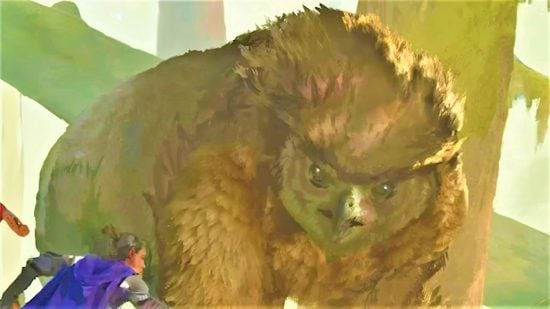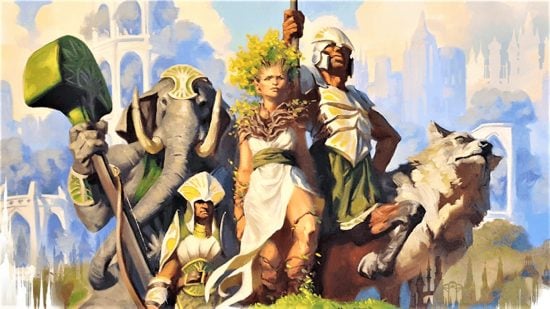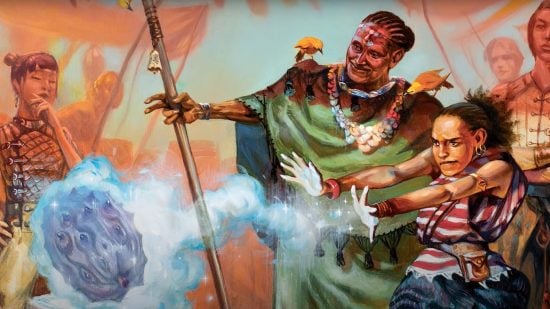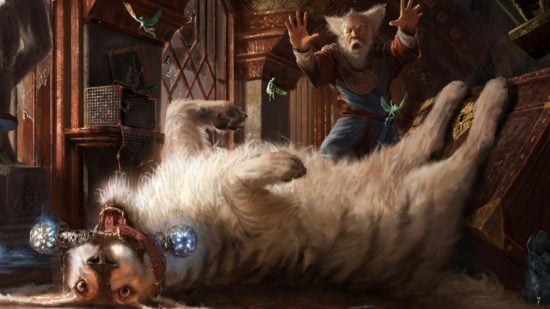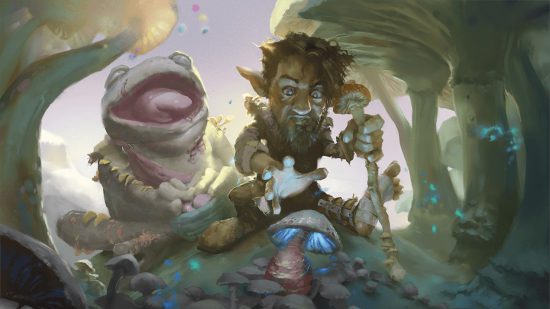The DnD Wild Shape feature is easy to misunderstand. It turns out that completely transforming yourself into a new form is no easy feat, and it has plenty of ramifications on the regular rules of Dungeons and Dragons. If you want to Wild Shape without opening a library of rulebooks, then we’re here to help.
Below you’ll find all a budding DnD Druid needs to use the Wild Shape 5e feature. We’ve got a comprehensive rules explainer, plenty of frequently asked questions, and even advice on how Wild Shape interacts with different DnD classes. Whether you’re in the middle of a DnD campaign or just starting DnD character creation, you’ll soon be a Wild Shape expert.
How does Wild Shape 5e work?
The simple answer is this: spend an action, and you can transform into any beast you have seen before. The more complex answer is that you can turn into any beast whose challenge rating (CR) and limitations are appropriate for your current Druid level.
Here are the explicit rules for choosing Wild Shapes:
| Level | Max CR | Limitations |
| 2 | 1/4 | No flying or swimming speed |
| 4 | 1/2 | No flying speed |
| 8 | 1 | – |
For example, a Giant Bat may only have a CR of 1/4, but since it’s able to fly, you can’t Wild Shape into a Giant Bat until your Druid is at level eight or above.
Once you’re in Wild Shape, you replace almost all of your DnD stats with those of the beast you’ve become. This includes your speed and hit points. Your Intelligence, Wisdom, and Charisma scores remain unaffected, as do your DnD alignment, DnD skill proficiencies, and saving throw proficiencies (though you can use the creature’s proficiencies for those stats instead if they’re higher than yours).
If the creature you’ve transformed into has legendary actions, you can’t use them. You’ll also be unable to speak or do anything with your hands that your chosen Wild Shape couldn’t already do.
Can I cast spells in Wild Shape 5e?
You can’t cast any of your usual 5e spells, but Wild Shape won’t stop you from concentrating on a spell you’ve already cast or taking actions that are part of an already-cast spell.
How Wild Shape 5e hit points work
Your hit points and hit dice are swapped for the creature’s, but you’ll revert to your normal form once you hit zero hit points. Note that any excess damage you took from the attack that reduces you to zero is carried over – if you took 12 points of damage while in a Wild Shape with three hit points left, you’d take nine points of damage after returning to your normal form.
What abilities still work in Wild Shape 5e?
The Player’s Handbook states “You retain the benefit of any features from your class, race, or other source and can use them if the new form is physically capable of doing so”. It also specifies that special senses like Darkvision don’t work unless the animal you become also has them.
This is simple on paper, but there are so many unique abilities in D&D that it’s easy to feel unsure – and thanks to the varied DnD races and DnD multiclassing, your Druid might have access to all sorts of extra features. It can help to physically picture the action your character might need to take to use their feature.
For example, a DnD Cleric couldn’t use Channel Divinity because they’d need to hold their holy symbol and speak a prayer (two things that aren’t possible in Wild Shape). However, there’s no physical or verbal component for a DnD Barbarian’s Rage, so you could use this in Wild Shape.
Can I use items while in Wild Shape 5e?
When you use Wild Shape, you can choose if equipment like DnD weapons and DnD armor drop on the ground, merge into your new form, or are wielded by your Wild Shape self. Merging with your items means they have no effect while in your Wild Shape form.
The crucial thing to remember is your items won’t change size or shape to accommodate your Wild Shape – if a bear wouldn’t fit into your armor, you won’t be able to use it. Otherwise, a lot of this comes down to DM discretion (and whether you think you can still use your DnD magic items without thumbs).
How long does Wild Shape 5e last?
You can remain in your new, beastly form for a number of hours equal to half your Druid level (rounded down). You’ll then return to your regular form – unless you use Wild Shape again to extend the time period.
You can also choose to end the Wild Shape at any time by spending a bonus action. Additionally, there are several instances where you’ll be forced to end Wild Shape:
- You drop to zero hit points
- You fall unconscious
- You die
How often can a Druid use Wild Shape 5e?
For most of your campaign, you’ll be able to use Wild Shape twice before you need a short or long rest 5e. This only changes at level 20. Once you’ve maxed out your DnD level ups, you’ll be able to use Wild Shape an unlimited number of times.
Other uses Wild Shape 5e
Some Druids can use Wild Shape for alternative activities. If a DM chooses to use the optional ‘Wild Companion’ rule, then any Druid can use Wild Shape to instead cast Find Familiar without material components.
There are also subclass-specific alternatives:
- Circle of Wildfire – The ‘Summon Wildfire Spirit’ feature lets you expend one use of Wild Shape to summon a wildfire spirit to fight alongside you.
- Circle of Spores – ‘Symbiotic Entity’ uses Wild Shape to increase the damage of your melee attacks and Halo of Spores feature.
- Circle of Stars – ‘Starry Form’ turns you into a star-like being rather than a regular animal.
- Circle of the Moon – You can use Elemental Wild Shape to (you guessed it) become an elemental instead.
For more character creation advice, here are our favorite DnD character builds to try out. We can also recommend plenty of great tabletop RPG tools, including the right DnD character sheets, DnD miniatures, or virtual tabletops.
